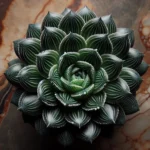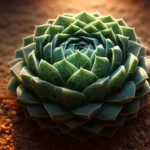Introduction to Haworthia and Gasteria
Delve into the world of Haworthia and Gasteria, a duo of succulent plants whose intrigue and resilience have captivated gardeners worldwide. Embodying the essence of survival in the most unforgiving environments, these succulents bring a piece of arid beauty into our homes and gardens. But to truly appreciate their charms, we must understand their story.
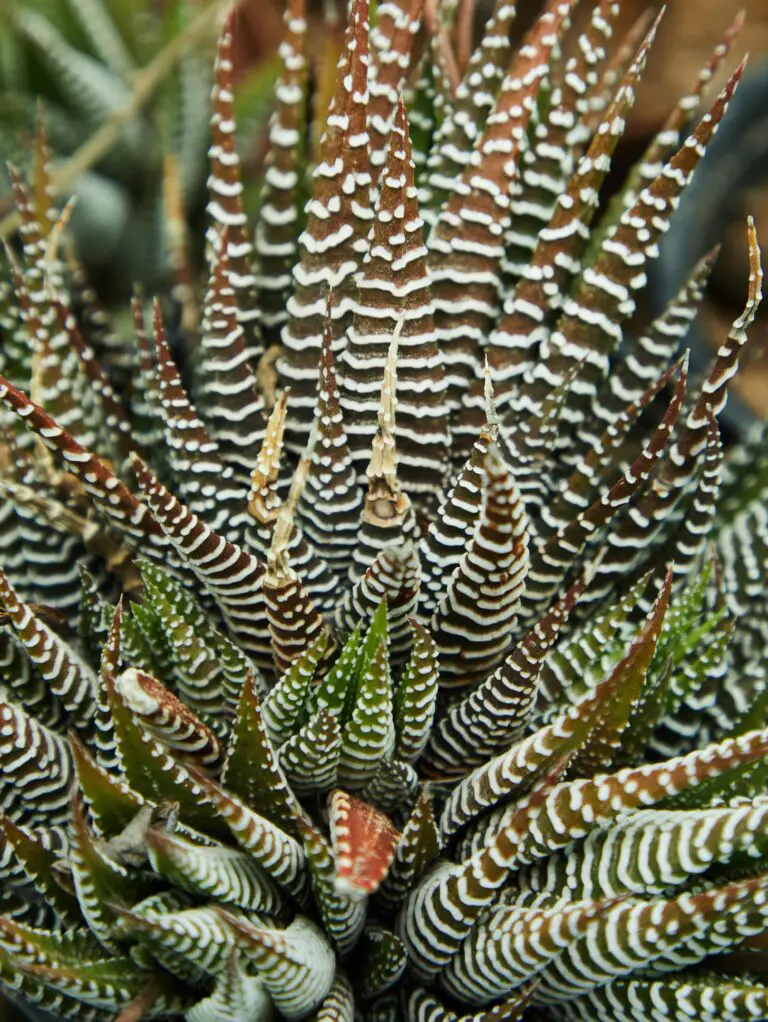
Originating from the rugged terrains of South Africa, Haworthia and Gasteria have evolved with fascinating features that adapt perfectly to their native landscapes. Imagine the tough, plump leaves of Gasteria, resembling the belly of a beast, stored with ample water to withstand dry spells. Visualize the Haworthia, its translucent windows allowing sunlight to penetrate and photosynthesize in low-light conditions under the desert sun.
Their growing popularity isn’t just a stroke of luck. Enthusiasts are attracted to their intricate textures, shades, and forms, which are as diverse as the environments they hail from. From striped to dotted, from spiral growth patterns to flower-like rosettes, each variety of Haworthia and Gasteria tells a unique tale of adaptation and beauty. For those interested in nurturing these succulents, it’s worthwhile exploring care tips and tricks that delve into the optimal conditions for their prosperity.
By incorporating Haworthia and Gasteria into our living spaces, we’re not just cultivating plants; we’re instilling a sense of resilience and admiration for life’s capacity to thrive against the odds. It is this resilience, coupled with their effortless elegance, that sets the stage for a deeper exploration into these evergreen companions.
Decoding the Differences: Haworthia vs. Gasteria
On the surface, Haworthia and Gasteria might blend together in the vast family of succulents, but these plants hold secrets to their individuality that are simply fascinating. Let’s sift through the layers of leaves and growth patterns to uncover why these two are not just another pair of green companions in the pot next door.
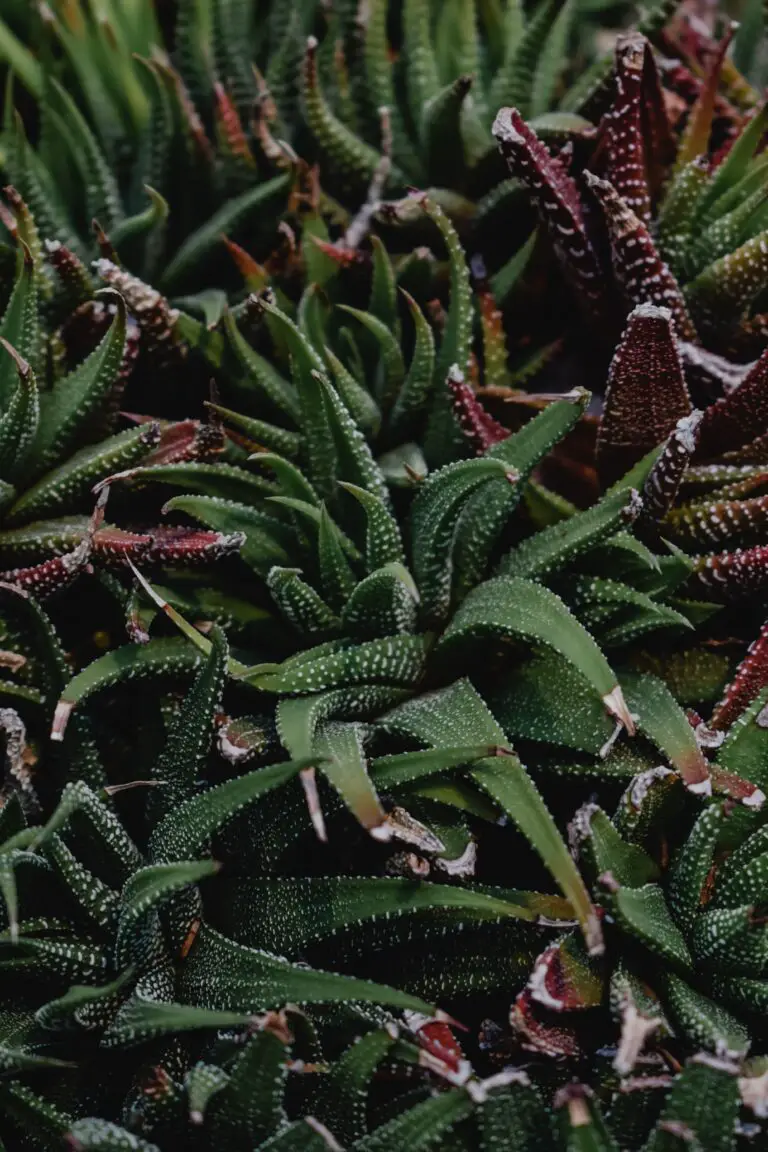
At a glimpse, the rosette structure of Haworthia’s leaves captures attention with their intricate, often translucent patterns that glisten like little stained-glass windows. This is a stark contrast to Gasteria’s tongue-shaped leaves, attractive in their right, with a rough, warty surface that beckons a second look. These distinct leaf forms are the secret runes to identifying each at first glance.
But why do these aesthetic nuances matter to those with green thumbs? The answer lies in the ritual of care. Haworthias, cozy in indirect sunlight, are the introverts of the sunlight spectrum, while Gasterias thrive with a bit more luminosity. This subtle requirement speaks volumes about their native habitats and how they’ve adapted over time. A better understanding of their individual needs is available in care guides, such as the one found here, which dive into the depths of succulent care nuances to ensure these plants don’t just survive but flourish under your watchful eye.
What’s more, examining the growth habits reveals another layer. The Haworthia is content to remain modest in stature, making it a perfect tabletop companion. Contrast this with the Gasteria that stretches horizontally, sometimes erratically, and you’ll find a plant that longs for a bit more space to express its sprawling nature.
To the collector or enthusiast, these differences are no mere novelty. They are the difference between a flourishing collection and a faltering one. They shape the way we interact with these living sculptures and define our journey as caretakers of the unique expressions of life on our windowsills.
Optimal Growing Conditions for Your Succulents
Creating a mini paradise for your Haworthia and Gasteria plants begins with understanding their ideal living conditions. Now, picture the natural habitat of these succulents—rocky terrains, dry regions with rare rainfall, and abundant sunshine. Emulating these conditions inside our urban dwellings might seem challenging, but here’s the kicker: it’s entirely feasible with the right knowledge!
First off, let’s address the sunlight. Both Haworthia and Gasteria thrive with good, bright light. However, unlike their sun-worshipping cousins, they prefer indirect light or partial shade. Why so? Imagine a Haworthia perched beneath a rocky overhang, basking in the diffused rays of the sun—this is what we’re aiming for. Place your succulents in east or west-facing windows where they can soak up the gentle morning or late afternoon sun.
Temperature plays a pivotal role too. In their natural habitat, these succulents enjoy a temperature range that is mostly moderate during the day and cooler at night. Maintaining temperatures between 60°F to 85°F (15°C to 29°C) during the day and slightly cooler at night mimics their ideal environment. Just steer clear of the frost, because it’s a no-go for these desert beauties.
Coming into humidity, these succulents need a low humidity environment. Too much moisture in the air can lead to rotting—a definite party pooper. So how do you ensure they get the arid climate they love? Well, a well-ventilated room does wonders! Keeping the air moving with a fan or simply ensuring good airflow around your plants can help maintain optimal humidity levels.
Now, speaking of real-life applications, consider Jane’s living room transformation. She turned her bright, city apartment into a Haworthia haven with sheer curtains to diffuse the light and strategically placed plant stands near open windows. As a result, her Haworthia collection is not only thriving but also becoming a conversation starter among friends and family.
Heed these tips, and you can transform any space into a thriving habitat for your Haworthia and Gasteria plants. Need more insights on caring for your succulents? Dive into our comprehensive guide. It’s packed with actionable advice to keep your green friends beaming with health.

The Art of Watering: Hydration Tips for Haworthia and Gasteria
Let’s dive into one of gardening’s little mysteries: how to water your Haworthia and Gasteria buddies just right. Forget the guesswork and the myths; we’re here for the real deal. Perfect hydration for these succulent pals isn’t a mirage—it’s totally achievable with some savvy insights.
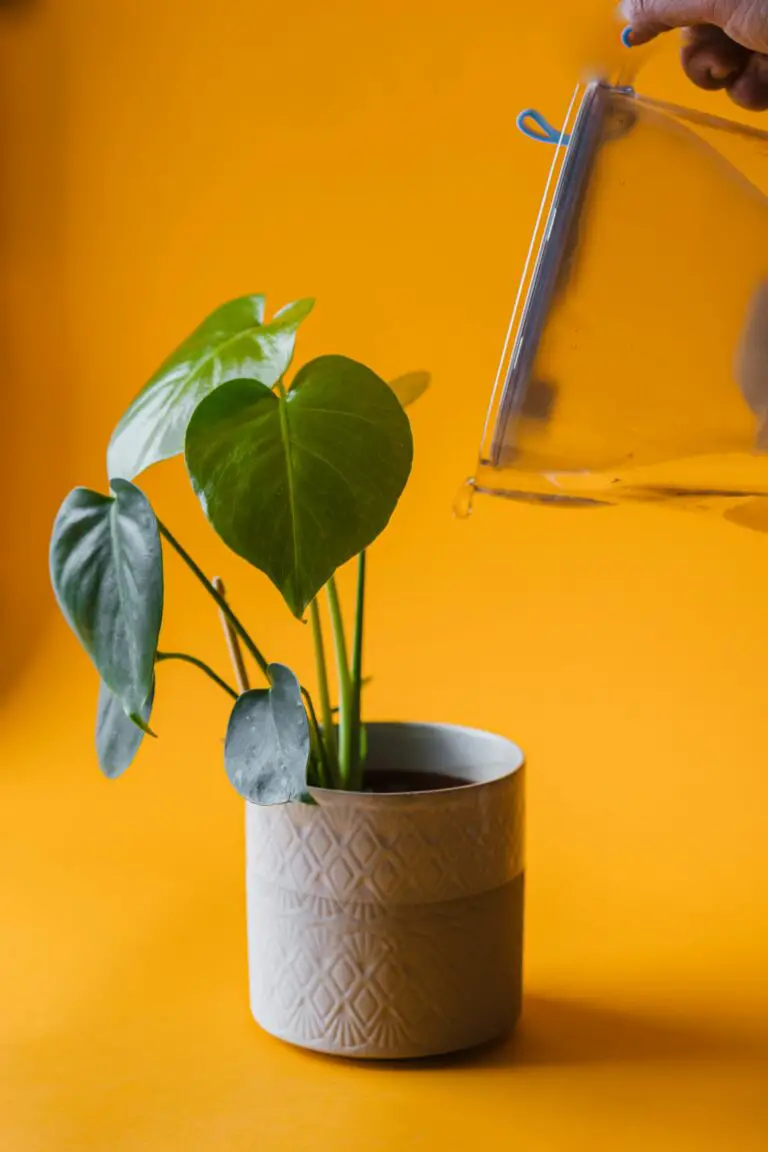
First things first, let’s bust a myth: Succulents don’t thrive on neglect. Yep, you heard that right. While it’s true that Haworthia and Gasteria are hardy little champions, they do need your attention, especially when it comes to water. The trick is knowing when to water and how much. Imagine you’re making the perfect cup of coffee—too much water and it’s bland, too little and it’s too strong. Similarly, your succulents need that Goldilocks amount of water: just right!
So, what’s the secret schedule? These aren’t your everyday houseplants; they don’t stick to the 9-to-5. Haworthia and Gasteria enter a growth phase when the weather cools down and the sun plays nice. That’s your cue to water them more frequently. Use a “soak and dry” method—drench the soil thoroughly, then wait for it to dry out completely before the next watering.
In the height of summer, your succulent pals are just chilling, conserving energy. They’re not parched, so hold back on the water. It’s like they’re on vacation, and they’ve packed their own drinks! The soil should be a desert: let it dry out for a longer period between waterings.
Think of watering as a form of art; you are the artist, and your plants are the canvas. Overwatering is the notorious villain, leading to root rot—a real nightmare for succulent enthusiasts. On the flip side, under-watering can make your plants lose their lush, plump leaves, turning them into sad, shriveled remnants. It’s all about balance.
Remember, the vessel you choose for your succulent sidekicks is as crucial as the watering itself. Make them feel at home in a pot with a drain hole, where excess water can say “adios!” without a second glance. For more nuanced guidance on choosing the perfect planters for healthy growth, we’ve got you covered.
Listen, we’re all about making watering a hassle-free affair. Grab that pitcher every so often, pour with love, and watch your Haworthia and Gasteria thrive in their perfectly quenched bliss!
Soil and Fertilizer: Feeding Your Friendly Flora
The secret to nurturing Haworthia and Gasteria isn’t just about providing water and sunlight; it’s also about mastering the mix of soil and knowing when to feed them with fertilizers. These succulent companions thrive in a specific type of soil that mimics their natural arid habitats. The ideal blend for these succulent buddies is one that offers excellent drainage and aeration. Let’s dig into the details and unearth some real-life examples to help your plants flourish.
Imagine you’re preparing a cozy bed for your plants where they can lay their roots and rest undisturbed. You’d mix ingredients like perlite, coarse sand, and organic matter to create a soil concoction that allows water to pass through quickly, preventing any soggy situations that could cause root rot. It’s like creating a miniature desert inside a pot, where your Haworthia and Gasteria can bask in their own slice of heaven.
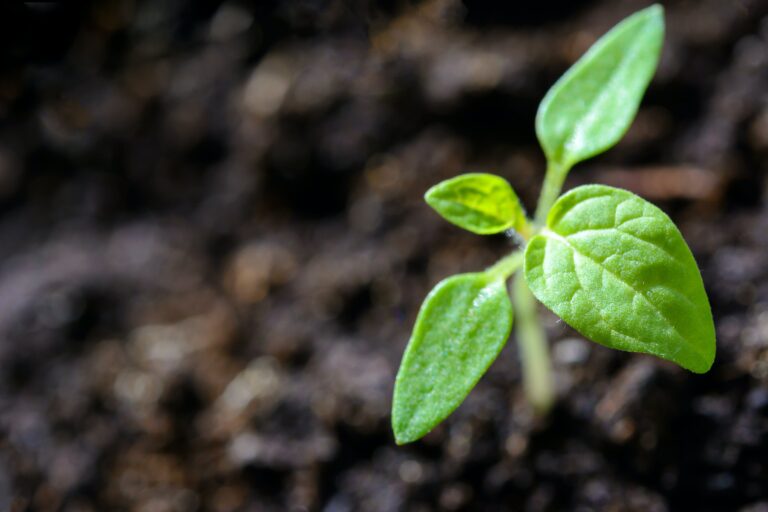
Now, when it comes to fertilizing, less is more for these low-maintenance lovelies. Overfeeding can be the fast track to disaster, leading to lanky growth or even worse, fertilizer burn. Picture yourself as a gourmet chef, where a sprinkle of a balanced, water-soluble fertilizer during the growing season is like seasoning food to perfection—enough to enhance growth but never overpowering.
To paint a clearer picture, think of a time when you’ve accidentally added too much salt to your favorite dish. Your Haworthia and Gasteria react similarly when given too much fertilizer—it’s overwhelming and distasteful for them. Instead, aim to fertilize sparingly, diluting your solution to a quarter of the recommended strength, and apply it just every other month. This provides your succulents with the necessary nutrients without the risk of harm, ensuring your green companions are not just surviving, but thriving.
Pruning and Maintenance: Keeping Your Succulents in Shape
Imagine your Haworthia and Gasteria as the miniature supermodels of the succulent world. Just as a star needs their beauty rituals to shine on the runway, these succulents need a touch of regular grooming to display their full splendor. Don your gardening gloves and let’s dive into the refreshing spa routine that will have your verdant companions preening with joy.
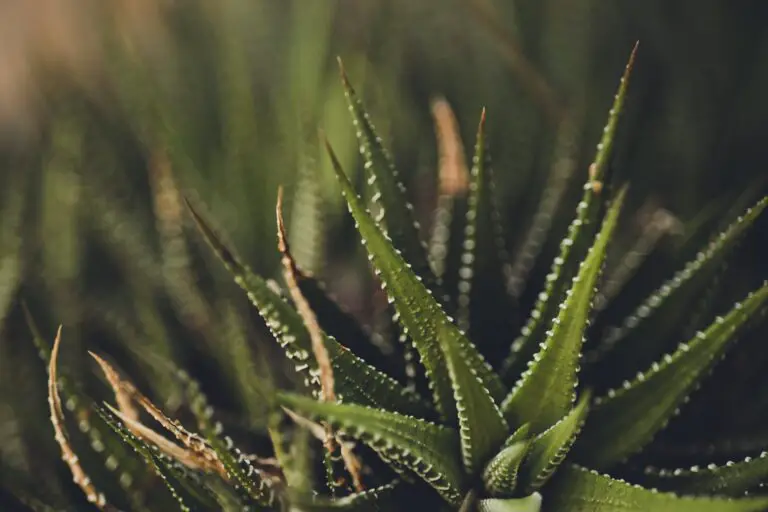
There’s something almost Zen about trimming your Haworthia. With each snip, you’re not just shaping the plant, but also preventing potential pitfalls such as rot and overgrowth. Take a cue from a real-life example: Sarah, an avid succulent enthusiast, sets a bimonthly date with her prized Haworthia. She carefully removes the browned or wilted leaves at the base, creating room for new growth and ensuring the circular rosette remains Instagram-worthy.
Turning to Gasteria, we might draw inspiration from the artistic pruning styles of bonsai masters. Though your Gasteria won’t require the complexity of a full bonsai sculpture, a strategic snip here and there will encourage a pleasing form. Treat it to a gentle cleanse with a damp cloth to keep its leaves glistening, but remember, this isn’t a soapy bath – we’re aiming for hydration without flooding.
Maintenance comes down to the details. Inspect your succulents for signs of pests, nudging away any uninvited guests with a soft brush or a blast of water. This task reminds us of Alex, whose vigilance saved his Gasteria collection from an aphid invasion, allowing them to thrive unblemished.
Finally, let’s talk about the often-overlooked, untangling of roots during repotting. Imagine the relief as constricted roots stretch their legs in a new pot with fresh soil—this is akin to a breathe-easy yoga session for your Haworthia and Gasteria.
With regular maintenance, your Haworthia and Gasteria won’t just survive; they’ll thrive, becoming a testament to the symbiosis between nature and caring hands. So prune with purpose, clean with care, and watch as your succulent companions thank you by looking their absolute best.
Propagation Techniques: Multiplying Your Succulent Collection
Let the journey begin towards a lush and ever-growing succulent garden! Whether you’re looking to transform your humble abode with Haworthia and Gasteria or you’re a green-thumbed guru eager to share your treasures, propagation is your path to plant paradise. The wonder of multiplying Haworthia and Gasteria lies within their resilience and simplicity to propagate, so follow along for an easy guide to expanding your botanical bounty.
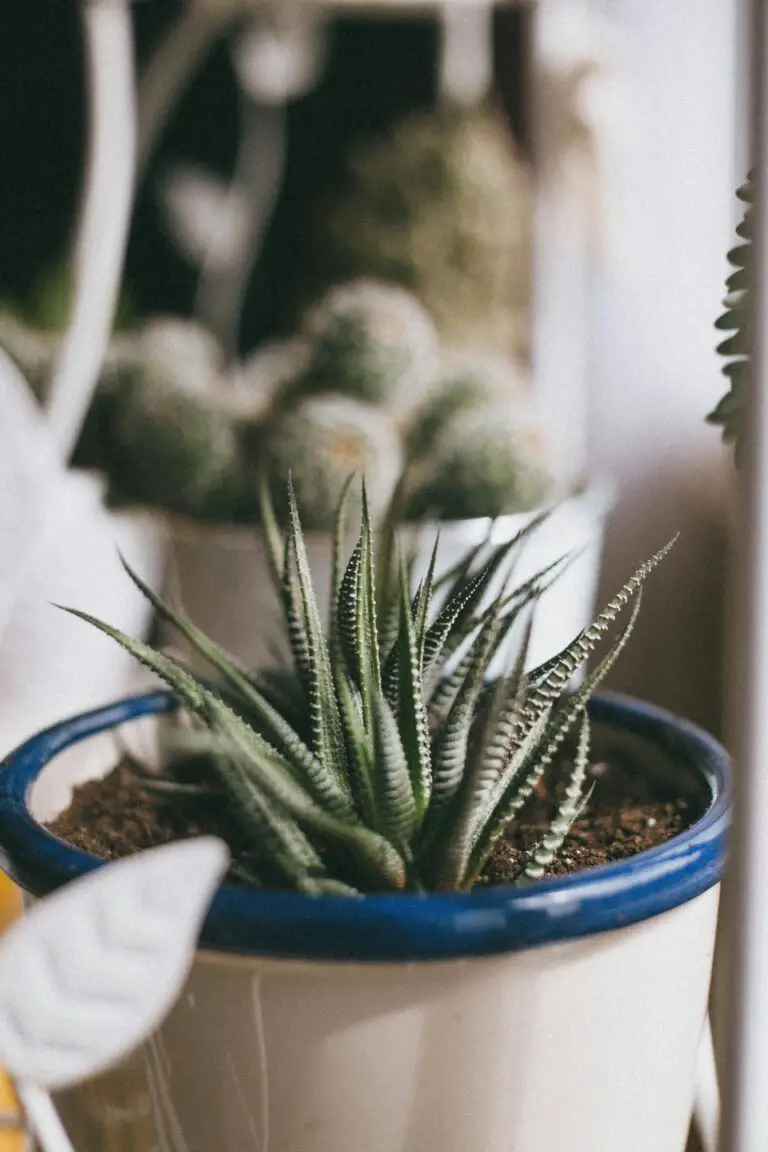
Propagating Haworthia & Gasteria Through Leaf Cuttings
Starting with leaf cuttings is like unlocking a secret passage to new plant life. Carefully select a healthy, plump leaf from the mother plant. Give it a gentle twist, ensuring a clean cut to foster a successful rooting. Allow the leaf to callous over for a few days to prevent rot when planted. Place the drying leaf on top of a well-draining succulent mix, barely making contact with the soil. Mist it lightly and dream of tiny roots taking hold as you embark on this propagation quest.
Encouraging Growth from Offsets
Offsets are the plant world’s gift to the impatient gardener. These little pups spring forth from the base of your Haworthia or Gasteria, emboldened to start a life of their own. Separate them carefully from the mother plant once they’re a good size with a few roots of their own. Treat them to their cozy pot with a succulent-friendly mix, and watch as these miniatures mature into mirror images of their parent plant.
Cultivating New Life from Seeds
Seeding is a test of patience, but the rewards are plentiful. Begin this journey by sourcing high-quality seeds, a testament to the potential of your future plants. Sow the seeds evenly across a well-draining mix, barely covering them with a fine layer of sand or soil, as these tiny life capsules need light to germinate. Maintain a humid environment with a plastic cover but allow for air circulation. In time, your seeds will awaken, and you’ll witness the miracle of new life stretching up towards the sun.
Each step in the propagation process is a celebration of life and growth. Haworthia and Gasteria not only beautify your surroundings but, through propagation, they bring an element of creation and sharing into your hands. The investment of your time and care into these succulents solidifies a symbiotic relationship, one where you are both the cultivator and the beneficiary of an ever-expanding green world.
Pests and Problems: Protecting Your Haworthia and Gasteria
Imagine this: you’ve lovingly tended to your Haworthia and Gasteria, reveling in their unique textures and forms. Then, one day, you notice something’s amiss—a speckled leaf, a stunted growth, a web under the leaf? Alas, your green friends may have uninvited guests or health issues. Fear not, for you’re about to become a plant guardian extraordinaire! Let’s dive into the world of pests and diseases that might afflict your succulent sidekicks so you can stand guard against these botanical buccaneers.
Scouting for Succulent Scoundrels: Common Invaders
First off, meet the usual suspects – aphids, mealybugs, and spider mites – tiny critters that can wreak havoc on your plants. Aphids are like the vampires of the plant world, sucking out the life-elixir from tender parts of your succulents, while mealybugs cloak themselves in a cottony camouflage and feast like kings. And spider mites? They’re the silent ninjas, spinning webs and creating a world of chaos beneath the leaves.
Don’t overlook fungal foes either. Overwatering or inadequate airflow can invite mold and mildew to the party, throwing a wrench into the well-being of your succulent sanctuary. These fungi can be stealthy, spreading their spores and blemishing your plants with unsightly spots or even causing root rot.
The Proactive Protector’s Playbook
Think of yourself as a botanical bodyguard. Your mission, should you choose to accept it, involves implementing a plant protection protocol. Start with preventive care – give your succulents just the right amount of ‘tough love’. Water them sparingly, ensure they get plenty of sun, and foster good airflow to keep those dastardly diseases at bay.
Next up, regular reconnaissance. Keep a close eye on your succulent squad, examining them regularly for any signs of stress or sickness. Catching these pests and diseases early is key to stopping them in their sneaky tracks.
But what if, despite your diligent defense, the pests pervade? It’s time to fight back. Safer insecticidal soaps, neem oil, and homemade remedies like a spritz of diluted dish soap can send the bugs packing. When facing fungal foes, trimming affected areas and employing fungicides can curb the contagion.
Let’s take a closer look at how these methods work in a real-life scenario. Say you discover a cluster of mealybugs enjoying a feast on your Gasteria. Don’t panic! Simply dab a cotton swab soaked in rubbing alcohol on the intruders, showing them the door. For those stealthy spider mites, soap and water might just be your heroic duo, washing away the tiny trespassers without harming the plant.
Now, take a moment to deepen your understanding with this informative video on how to keep your succulents safe from pests and diseases:
Remember, with a keen eye and proactive care, your Haworthia and Gasteria can continue to thrive, forming a miniature ecosystem of succulent symbiosis in your home. Equip yourself with these tips, and you’ll be well on your way to safeguarding your succulent companions against the tiny terrors that lurk unseen!
Haworthia and Gasteria in Landscape Design
Picture this: you’re meandering through a meticulously designed garden, where every turn reveals a new tapestry of textures and colors, and suddenly, you stumble upon an enchanting arrangement of succulents. There, amidst the foliage, the sculptural forms of Haworthia and Gasteria captivate the eye, creating a serene oasis that speaks to both the heart and the harmonious interplay of nature. Integrating these succulents into your landscape design isn’t just a trend; it’s a statement of resilience and beauty.
Now, let’s dive into the world of these succulents and explore their use in the art of garden composition. Haworthia, with its rosette patterns and spiky texture, contrasts magnificently against the softer, plump leaves of Gasteria. When placed together, they form a riveting duet that adds depth and intrigue to any garden setting. Imagine them flanking a flagstone path or nestled in rock gardens, where their subtle shades of green become a living mosaic under the open sky.
And it’s not just in sprawling gardens where these succulents shine. In urban spaces, where every square inch counts, creating vertical gardens with Haworthia and Gasteria can turn bland walls into breathtaking green canvases. They’re the perfect picks for compact city terraces and balconies, infusing a touch of wilderness amidst the concrete jungle. The ease of care and their ability to thrive with minimal water make them eco-friendly options for the eco-conscious designer.
But let’s not forget the indoor potential of these versatile plants. Within the home, they serve as living art pieces, enhancing spaces with their elegant forms and resilience. In a sun-drenched corner or on a minimalist shelf, these succulents draw the eye and purify the air, making them not only decorative but also beneficial for indoor environments.
Incorporating Haworthia and Gasteria into your landscape design is not merely about placing plants aesthetically; it’s about crafting scenes that tell a story, evoke emotions, and embrace the adaptability of these remarkable succulents. Whether you’re aiming for a Zen-like retreat or a vibrant, eclectic garden, these plants are your silent partners in design, effortlessly elevating the overall ambiance.
And the best part? Their low-maintenance nature means they’ll continue to thrive with minimal fuss, allowing you to enjoy their tranquil beauty for seasons to come. It’s about creating a symbiotic relationship with your surroundings, where both you and your green companions grow and flourish together.
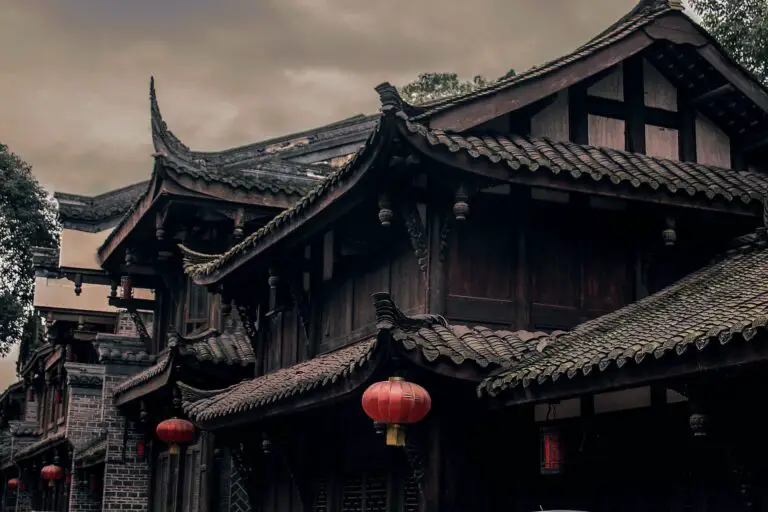
Frequently Asked Questions
Delving into the world of Haworthia and Gasteria is like discovering a treasure trove of succulent marvels. Let’s quench your curiosity by tackling some of the most common head-scratchers about these captivating plants!
What Are the Best Care Tips for Haworthia and Gasteria?
Imagine you’re on a breezy, sun-drenched savannah – that’s precisely what you want to replicate for your Haworthia and Gasteria. These beauties crave bright, indirect light and a watering routine that mimics rainfall patterns; think a thorough soak followed by a period to let their roots catch their breath. Overwatering is their kryptonite, so ensure your pots have good drainage and the soil dries out between splashes.
Which Species Should I Choose?
Whether you’re a novice plant parent or a seasoned green-thumb, there’s a species for everyone. Haworthia’s intricate, aloe-like patterns beg for attention, while Gasteria’s tongue-shaped leaves add a quirky twist to your collection. Start with forgiving species like Haworthia fasciata or Gasteria ‘Little Warty’ – they’re not only stunning but sturdy, perfect for those still mastering the art of succulent care.
Help! My Succulent Looks Unhappy, What Should I Do?
No need to panic! Succulents are forgiving and often bounce back with a bit of TLC. If the leaves are starting to resemble a squished marshmallow, it’s likely a cry for more sunlight. On the flip side, if your plant resembles a sunburnt tourist, dial back on the direct rays. Yellowing or mushy leaves? You’re loving them a bit too much – ease up on the water. Remember, Haworthia and Gasteria tell you what they need through their leaves. Listen closely!
This visual guide on “Gasteria Little Warty Propagation” is perfect for visual learners and hands-on plant enthusiasts. It’s one thing to read about plant care, but watching it unfold brings a whole new level of understanding.
Whether you’re dealing with an aloe-like aristocrat or a tongue-shaped trendsetter, remember that a little attention goes a long way. With these tips, you’ll foster a symbiotic relationship where both you and your succulents thrive.
